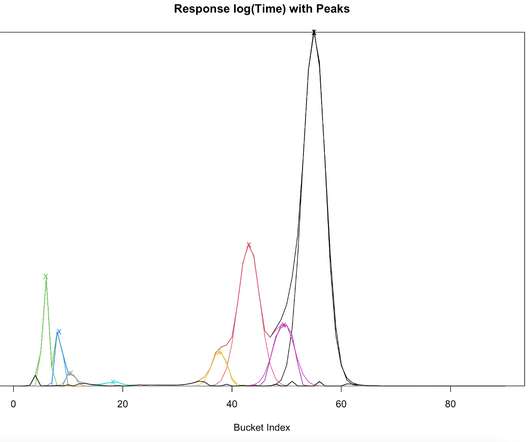MongoDB Rollback: How to Minimize Data Loss
Scalegrid
JANUARY 19, 2024
Key Takeaways Rollbacks in MongoDB are triggered by disruptions in the replication process due to primary node crashes, network partitions, or other failures, which can lead to substantial data loss and inconsistencies. This failure in replication could happen due to crashes, network partitions, or other situations where failover occurs.















Let's personalize your content